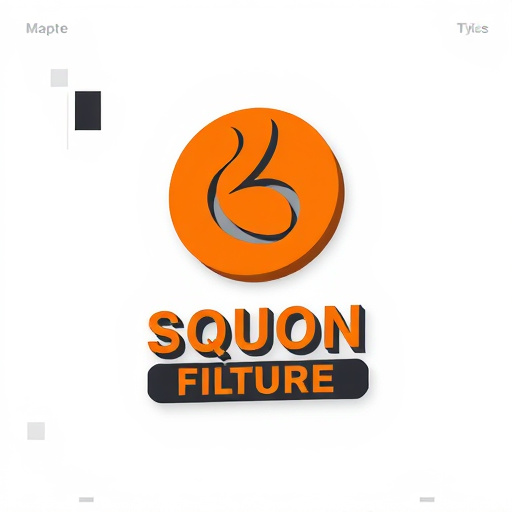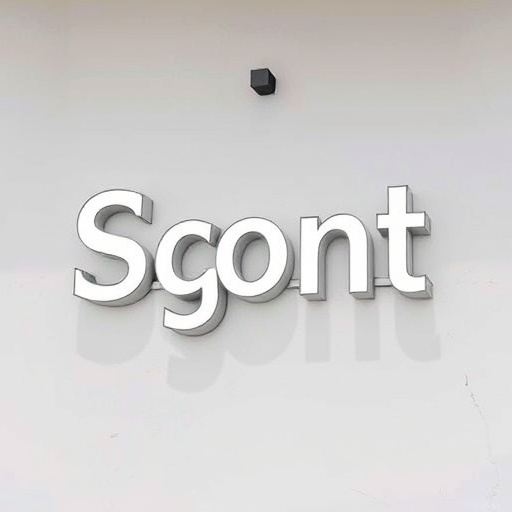In today's competitive market, strong visual identity through corporate graphics is crucial for brands. Brand guidelines ensure every design element aligns with core values and aesthetics, fostering professionalism and consistency across all touchpoints from marketing materials to vehicle wraps. Regular updates are essential to keep guidelines dynamic, aligning with industry trends while preserving the brand's essence. Proactive management enhances brand recognition and communication in a crowded market.
Maintaining brand consistency is vital for any corporation. In a world saturated with visual content, brand guidelines for corporate graphics are essential to ensure recognition and build trust. This article explores three key strategies: understanding the significance of these guidelines, creating robust policies, and regularly reviewing them to stay current. By implementing effective practices, companies can master their visual identity, fostering a cohesive brand experience across all marketing materials. Discover how these steps enhance your corporate graphics and reinforce your brand’s unique voice.
- Understanding the Importance of Brand Guidelines in Corporate Graphics
- Creating and Implementing Effective Brand Guidelines
- Regularly Review and Update Brand Guidelines for Corporate Graphics
Understanding the Importance of Brand Guidelines in Corporate Graphics

In the fast-paced corporate landscape, maintaining a consistent visual identity is paramount to building brand recognition and fostering trust among clients and customers. Brand guidelines in corporate graphics serve as a crucial framework that ensures every visual element aligns with the company’s values, mission, and overall aesthetic. These guidelines are not just about aesthetics; they are a powerful communication tool that helps create a unique brand personality. By establishing specific rules for colors, fonts, logos, and other design elements, companies can ensure their messaging remains cohesive across all touchpoints—from marketing collateral to product packaging and vehicle wraps (think custom graphics on cars or vinyl wraps).
A well-defined set of brand guidelines enables designers and marketers to create corporate graphics that accurately represent the brand. It streamlines the creative process, reduces miscommunication, and guarantees that even temporary employees or external agencies can produce work that aligns with the company’s standards. Moreover, adhering to these guidelines fosters a sense of professionalism and consistency, making it easier for customers to connect with and remember the brand, especially when they encounter various applications of corporate graphics in their daily lives, from car customization to promotional materials.
Creating and Implementing Effective Brand Guidelines

Creating and implementing effective brand guidelines is essential for maintaining a consistent visual identity across all corporate graphics. Start by defining your brand’s core elements—colors, fonts, logos, and imagery—that resonate with your target audience. This foundation ensures that every design element aligns with your brand’s personality and values. Once established, document these guidelines in a clear, easily accessible format, making it simple for designers, marketers, and other stakeholders to refer to.
Regular reviews and updates are crucial to keep brand guidelines relevant. As your corporate graphics evolve—whether through new marketing campaigns, product launches, or design trends—assess if the current guidelines still effectively communicate your brand story. Adapting these guidelines ensures that your visual assets remain cohesive, reinforcing brand recognition and trust among your audience. Additionally, consider incorporating best practices for various media formats, such as digital displays, print materials, and even vehicle wraps (e.g., vinyl wraps) or protective coatings, to ensure a uniform brand experience across all touchpoints.
Regularly Review and Update Brand Guidelines for Corporate Graphics

Brand guidelines are a living document that must evolve with your company’s growth and changing market trends. Regularly reviewing and updating corporate graphics guidelines ensures that your visual identity remains consistent, strong, and relevant. This process involves assessing current design trends, keeping pace with competitor strategies, and reflecting on what truly represents your brand’s essence.
For instance, consider the shift towards digital-first strategies and the rise of custom graphics in premium automotive services industries. Effective corporate graphics guidelines should account for these shifts, integrating new visual elements while maintaining the core brand identity. By staying agile and proactive in this regard, you ensure that your corporate graphics stand out in a competitive market and effectively communicate your brand story to your target audience.
Maintaining consistent brand guidelines in corporate graphics is essential for fostering brand recognition and enhancing visual communication. By creating comprehensive guidelines, regularly reviewing and updating them, companies can ensure their visuals align with their brand identity across all platforms. This strategic approach to corporate graphics not only strengthens brand consistency but also leaves a lasting impression on audiences.














